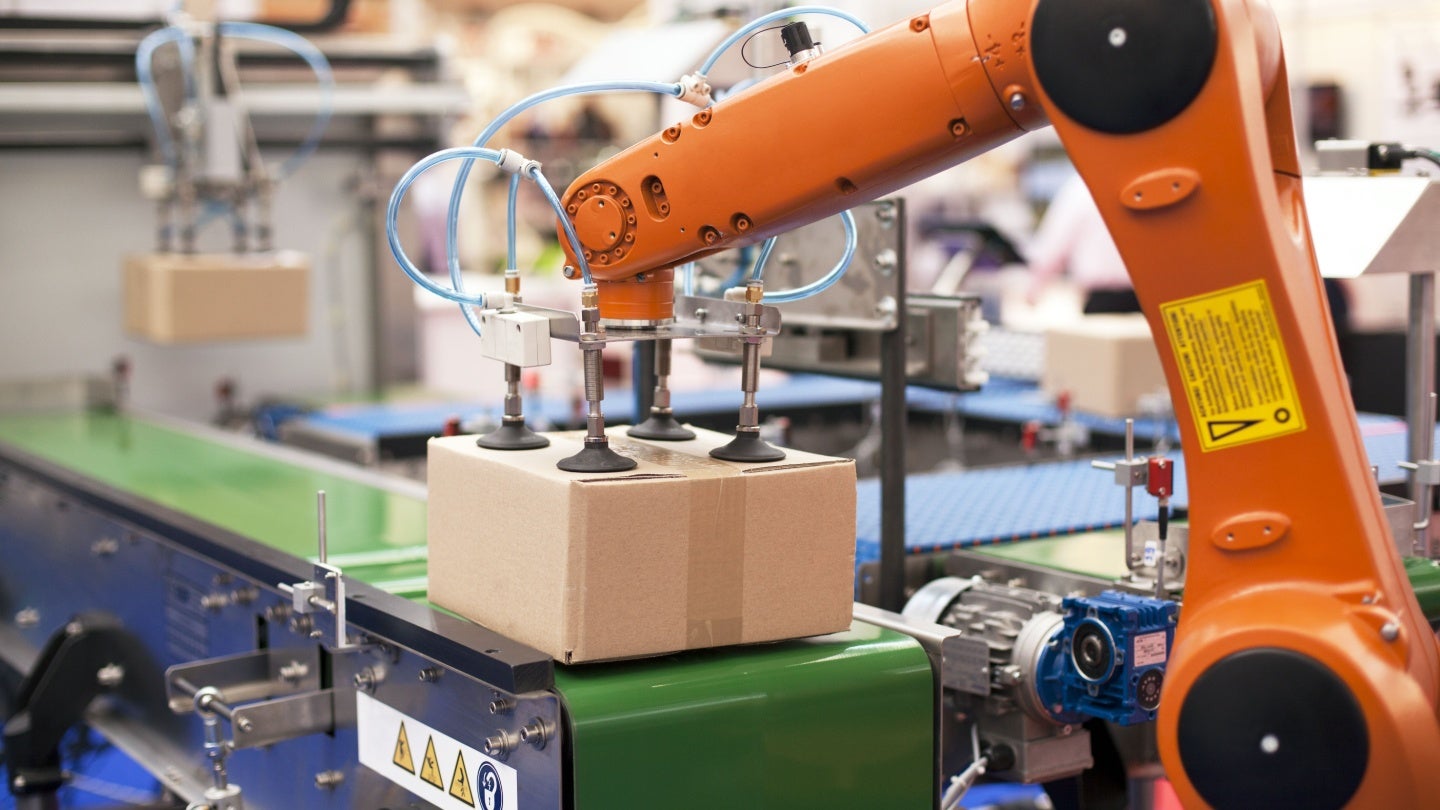
MIT researchers have developed a mathematic formula to calculate a robot’s trajectory and anticipate collisions.
While most robots run safety checks internally, errors can occur leaving them susceptible to collisions in warehouses and the workplace.

Access deeper industry intelligence
Experience unmatched clarity with a single platform that combines unique data, AI, and human expertise.
MIT researchers Alexandre Amice, Peter Werner and Russ Tedrake developed the formula by adapting sum-of-squares programming.
“With this work, we have shown that you can solve some challenging problems with conceptually simple tools,” stated Amice, the paper’s lead author.
“Sum-of-squares programming is a powerful algorithmic idea, and while it doesn’t solve every problem, if you are careful in how you apply it, you can solve some pretty nontrivial problems,” he said.
Typical safety checks for robotic movements generate hyperplanes for each single point of movement. These hyperplanes account for the space between the robot and the obstacle it is trying to avoid, however this can generate false positives if used in smaller, more intricate spaces.

US Tariffs are shifting - will you react or anticipate?
Don’t let policy changes catch you off guard. Stay proactive with real-time data and expert analysis.
By GlobalDataUsing sum-of-squares programming allowed the researchers to generate one hyperplane that moved with the robot, which made it more accurate to determine a robot’s collision.
“The key here was figuring out how to apply sum-of-squares to our particular problem,” said Amice.
“The biggest challenge was coming up with the initial formulation. If I don’t want my robot to run into anything, what does that mean mathematically, and can the computer give me an answer?” Amice added.
Collisions are a huge hurdle for any businesses wanting to integrate robotics into their workflows, posing the risk of inefficient and expensive rollout of robotics as well as the risk of an unsafe working environment.
Amice’s method not only generates a robot’s collision risk with 100% accuracy, but its results are easy to check according to the formula’s paper.
By 2030, robotics will be a $218bn market worldwide according to research and analysis company GlobalData.
The research paper can be found here.







